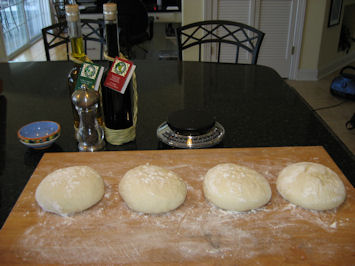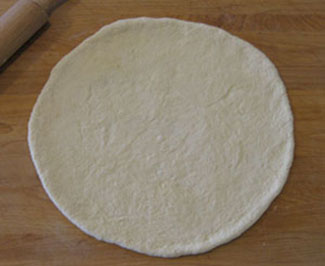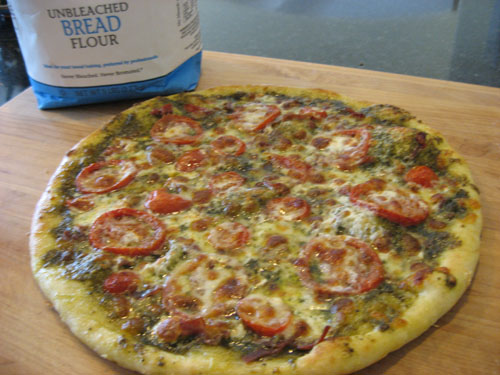As a master of trivia you probably already know that Messrs. Strigle and Brunn are the originators of Old Bay Seasoning and J.O. brand spice mix respectively. Both Baltimore-based, they are the two most widely used crab and seafood seasonings here at the home of the Maryland Blue Crab. Statistics will show that Gus and his heirs long since won the contest for No. 1 choice among the millions of crab lovers in the area and beyond. But J.O. is not to be trifled with. In my opinion and despite my irrelevant New England seafood expertise J.O. makes the better blend. For starters one teaspoon of Old Bay contains twice the salt as the same amount of J.O. When you’re dumping the stuff all over a bushel of steamed crabs taking on board half the salt as the competition would please your cardiologist no end.
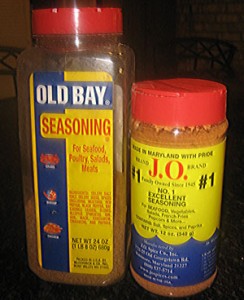 Regardless, Old Bay has become the seafood equivalent of Heinz Ketchup. It is sprinkled over just about anything that lives in the oceans, rivers or streams (and even a few things that don’t, like fried chicken, potato chips and popcorn). Both brands contain 12 or more spice ingredients so compounding your own mix out of individual spices is not worth the time. I tried it (since I’m retired and have all the time in the world) and was able to duplicate the Old Bay pretty closely. You’ll find that among the 12 components only 3 or 4 lend the characteristic flavor to the product. They are paprika, celery salt, cayenne pepper and mustard powder. Everything else is a nuance which disappears as soon as you light into the crabs and cold beer.
Regardless, Old Bay has become the seafood equivalent of Heinz Ketchup. It is sprinkled over just about anything that lives in the oceans, rivers or streams (and even a few things that don’t, like fried chicken, potato chips and popcorn). Both brands contain 12 or more spice ingredients so compounding your own mix out of individual spices is not worth the time. I tried it (since I’m retired and have all the time in the world) and was able to duplicate the Old Bay pretty closely. You’ll find that among the 12 components only 3 or 4 lend the characteristic flavor to the product. They are paprika, celery salt, cayenne pepper and mustard powder. Everything else is a nuance which disappears as soon as you light into the crabs and cold beer.
A bit of background for just a second. About half of the blue crab harvest in the U.S. takes place in the Chesapeake Bay region. Production is down by about 50% from the all time high of 80 million or so pounds per year way back in time. Notably, throughout the history of the commercial harvest one single town of maybe 3000 souls has laid claim to the title “Crab Capital of the World.” It is Crisfield Maryland, a pleasant little town located about 30 miles south of Salisbury Maryland – known in its own right as “Chicken Capital of the World.” Crisfield’s version of the Eiffel Tower is a huge water tank suspended about 120 feet above ground level with a giant blue crab stenciled on the side. The crab, however, is painted red. Go figure.
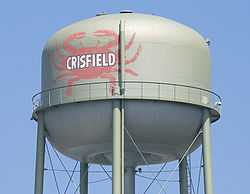 A detour to Crisfield (you can only get there by detour) is worth the effort for there you will find a most impressive and thoughfully laid out museum that chronicles the rise and fall of the blue crab and oyster industry in the area. Just be sure your GPS is working properly so you don’t miss the turnoff and wind up in Norfolk Virginia.
A detour to Crisfield (you can only get there by detour) is worth the effort for there you will find a most impressive and thoughfully laid out museum that chronicles the rise and fall of the blue crab and oyster industry in the area. Just be sure your GPS is working properly so you don’t miss the turnoff and wind up in Norfolk Virginia.
All this is more than just of passing interest to me because recently I became involved in one of the main tourist attractions Crisfield produces every year. It is the Hard Crab Derby where people hungry for nail-biting suspense can watch a collection of champion crabs race down the marina dock to jump back into the water. First crab in the water gets to skip the steaming pot. I say Triple Crown racing can’t hold a candle to this event! Anyway the whole thing starts off with the coronation of a local beauty queen who is awarded the unfortunate title “Miss Crustacean” – a label she will have to carry around the rest of her life. I guess calling her “Miss Crab” would be even worse.
In connection with these festivities the Crisfielders hold a cooking contest wherein the blue crab must be featured in one form or another. I entered this contest. Big mistake. My chosen category was crab soup and my entry was a saffron-flavored concoction accented with basil oil and just a hint of Old Bay (since failure to incorporate this ingredient is a felony offense in Crisfield). It won third place in a competition category that included only three contestants. My prize was a pewter coaster emblazoned with the words “National Hard Crab Derby – 3rd Place 2009.” I’m using it for my wine glass as I write this.
 To complete the picture this is a photo of the 2008 Grand Prize Winner, Adam Doyle Gibson, age 12 at the time believe it or not, who turned out a triple whammy crab hors d’oeuvre/appetizer combination that was a true masterpiece. I now know that my skills in crab cookery are vastly inferior to those of a 12-year-old.
To complete the picture this is a photo of the 2008 Grand Prize Winner, Adam Doyle Gibson, age 12 at the time believe it or not, who turned out a triple whammy crab hors d’oeuvre/appetizer combination that was a true masterpiece. I now know that my skills in crab cookery are vastly inferior to those of a 12-year-old.
So instead of burdening you with my third place offering I turn your attention to a classic Maryland Crab Cake recipe which appropriately calls for the use of one of the popular crab seasonings, in this case the inevitable Old Bay. The recipe is the work of a good friend and genuine Southern Belle from Crisfield who took the time to research all the previous winning recipes in the crab cake category:
The True Ultimate Crab Cake
For 4 persons:
-
1 lb. lump crab meat from Crisfield (not available online, you have to make the trip, ok?)
-
1 large egg beaten
-
3 tbsp. mayonnaise
-
1 tsp. yellow mustard (Chef Ludovico would prefer the Dijon, but never mind)
-
1 tsp. Tabasco sauce
-
2 tsp. Worcestershire sauce
-
1 tbsp. Old Bay seasoning (I would secretly substitute the J.O.)
-
1 tsp. paprika (paprika is already in the Old Bay but I am keeping my mouth shut)
-
1 tbsp. finely chopped celerly leaves (right, but celery salt is another key ingredient in Old Bay)
-
1 tbsp. finely chopped fresh Italian parsley (yay, the Italians get a piece of the action!)
-
2 tbsp. chopped red and yellow pepper softened in the microwave (my contribution to the recipe)
-
1/2 cup Panko bread crumbs (the Japanese are everywhere)
-
freshly ground black pepper to taste. (no salt, remember, the Old Bay is loaded with it)
-
olive oil or butter for saute.
Mix the egg, mayonnaise, mustard. Tabasco, Worcestershire, Old Bay, paprika, celery leaves, parsley and softened peppers in a bowl. Add the crab meat and mix by hand gently then add the bread crumbs along with salt & pepper until fully combined. Refrigerate the mixture for 15-20 minutes.
 Heat 3 tbsp. olive oil or butter in skillet. Shape crab cakes into 4 large or 8 small patties and saute’ over medium heat for 3 minutes per side or until evenly browned. Keep warm in oven until all patties are done. Broiling is an option, 3 minutes per side. Serve with tartar sauce if desired, but not necessary. Soft oven or hamburger rolls spread with a little French salad dressing can be used to made a phenomenal crab cake sandwich.
Heat 3 tbsp. olive oil or butter in skillet. Shape crab cakes into 4 large or 8 small patties and saute’ over medium heat for 3 minutes per side or until evenly browned. Keep warm in oven until all patties are done. Broiling is an option, 3 minutes per side. Serve with tartar sauce if desired, but not necessary. Soft oven or hamburger rolls spread with a little French salad dressing can be used to made a phenomenal crab cake sandwich.
P.S. The crab on the Crisfield water tank is painted red because it represents the steamed item. Crabs, like lobsters turn red when fully cooked. Don’t want the Crisfielders to think I don’t know that.


